Expo
view channel
view channel
view channel
view channel
view channel
view channel
view channel
view channel
Clinical Chem.Molecular DiagnosticsHematologyImmunologyMicrobiology
TechnologyIndustry
Events

- Screening Tool Detects Multiple Health Conditions from Single Blood Drop
- Integrated Chemistry and Immunoassay Analyzer with Extensive Assay Menu Offers Flexibility, Scalability and Data Commutability
- Rapid Drug Test to Improve Treatment for Patients Presenting to Hospital
- AI Model Detects Cancer at Lightning Speed through Sugar Analyses
- First-Ever Blood-Powered Chip Offers Real-Time Health Monitoring
- Long-Read Sequencing Technology to Identify Genetic Contributors of Rare Diseases in Children
- Microarray Immunoassay Improves Accuracy and Speed of Celiac Disease Diagnosis
- New Technique Enables Comprehensive Genetic Examination of Embryos with Single Test
- Easy-To-Use Point-Of-Care Testing Device Accurately Measures Cortisol Levels in Blood
- Blood-Based Test Allows for Minimally Invasive Detection of IDH1.R132H-Mutant Gliomas
- Automated Benchtop System to Bring Blood Testing To Anyone, Anywhere
- New Hematology Analyzers Deliver Combined ESR and CBC/DIFF Results in 60 Seconds
- Next Generation Instrument Screens for Hemoglobin Disorders in Newborns
- First 4-in-1 Nucleic Acid Test for Arbovirus Screening to Reduce Risk of Transfusion-Transmitted Infections
- POC Finger-Prick Blood Test Determines Risk of Neutropenic Sepsis in Patients Undergoing Chemotherapy
- Portable Device Analyzes White Blood Cell Activity to Monitor Cancer Patients’ Health
- New Test Detects Return of Blood Cancer a Year Earlier
- Universal Blood Test Could Predict Organ Transplant Outcomes with Unprecedented Accuracy
- AI Tool Predicts Cancer Patients’ Response to Immunotherapy
- Molecular Profiling Improves Diagnosis for Children with High Risk Cancers
- AST System Delivers Actionable Results for Gram-Negative Bacteria Directly from Positive Blood Cultures
- Ultra-Rapid Culture-Free Sepsis Test Reduces Testing Time from Days to Hours
- New Rapid Method for Determining Virus Infectivity Could Revolutionize Response to Future Pandemics
- Novel Molecular Test to Help Prevent and Control Multi Drug-Resistant Fungal Pathogen in Healthcare Settings
- Innovative C. Difficile Diagnostic Test Provides Both GDH and Toxin Results within 30 Minutes
- QIAGEN and AstraZeneca Expand Collaboration into New Disease Areas
- MEDICA 2024 + COMPAMED 2024: Adapted Hall Layout for Better Integration
- Global Coagulation Testing Driven by Increasing Blood Disorders and Surgical Interventions
- Sysmex and QIAGEN Expand Collaboration in Genetic Testing
- MEDICA 2024 + COMPAMED 2024 International and Diverse Trade Fairs to Welcome Over 6,000 Exhibitors
- Gene Panel Predicts Disease Progession for Patients with B-cell Lymphoma
- New Method Simplifies Preparation of Tumor Genomic DNA Libraries
- New Tool Developed for Diagnosis of Chronic HBV Infection
- Panel of Genetic Loci Accurately Predicts Risk of Developing Gout
- Disrupted TGFB Signaling Linked to Increased Cancer-Related Bacteria
- Software Tool to Advance Cancer Pathology by Providing Diagnostic Insights from Tissue Biopsies
- AI Automates Analysis of Pathology Slides for Distinguishing Rheumatoid Arthritis Subtypes
- AI-Based Digital Pathology Platform Improves Lung Cancer Diagnosis
- AI-Based Image Analysis Module to Aid Cancer Detection in Bronchoscopic Lung Biopsies
- First-Of-Its-Kind AI-Enabled Smart Microscopy Platform to Accelerate Traditional Pathology Workflows

Expo
 view channel
view channel
view channel
view channel
view channel
view channel
view channel
view channel
Clinical Chem.Molecular DiagnosticsHematologyImmunologyMicrobiology
TechnologyIndustry
Events
Advertise with Us
view channel
view channel
view channel
view channel
view channel
view channel
view channel
view channel
Clinical Chem.Molecular DiagnosticsHematologyImmunologyMicrobiology
TechnologyIndustry
Events
Advertise with Us


- Screening Tool Detects Multiple Health Conditions from Single Blood Drop
- Integrated Chemistry and Immunoassay Analyzer with Extensive Assay Menu Offers Flexibility, Scalability and Data Commutability
- Rapid Drug Test to Improve Treatment for Patients Presenting to Hospital
- AI Model Detects Cancer at Lightning Speed through Sugar Analyses
- First-Ever Blood-Powered Chip Offers Real-Time Health Monitoring
- Long-Read Sequencing Technology to Identify Genetic Contributors of Rare Diseases in Children
- Microarray Immunoassay Improves Accuracy and Speed of Celiac Disease Diagnosis
- New Technique Enables Comprehensive Genetic Examination of Embryos with Single Test
- Easy-To-Use Point-Of-Care Testing Device Accurately Measures Cortisol Levels in Blood
- Blood-Based Test Allows for Minimally Invasive Detection of IDH1.R132H-Mutant Gliomas
- Automated Benchtop System to Bring Blood Testing To Anyone, Anywhere
- New Hematology Analyzers Deliver Combined ESR and CBC/DIFF Results in 60 Seconds
- Next Generation Instrument Screens for Hemoglobin Disorders in Newborns
- First 4-in-1 Nucleic Acid Test for Arbovirus Screening to Reduce Risk of Transfusion-Transmitted Infections
- POC Finger-Prick Blood Test Determines Risk of Neutropenic Sepsis in Patients Undergoing Chemotherapy
- Portable Device Analyzes White Blood Cell Activity to Monitor Cancer Patients’ Health
- New Test Detects Return of Blood Cancer a Year Earlier
- Universal Blood Test Could Predict Organ Transplant Outcomes with Unprecedented Accuracy
- AI Tool Predicts Cancer Patients’ Response to Immunotherapy
- Molecular Profiling Improves Diagnosis for Children with High Risk Cancers
- AST System Delivers Actionable Results for Gram-Negative Bacteria Directly from Positive Blood Cultures
- Ultra-Rapid Culture-Free Sepsis Test Reduces Testing Time from Days to Hours
- New Rapid Method for Determining Virus Infectivity Could Revolutionize Response to Future Pandemics
- Novel Molecular Test to Help Prevent and Control Multi Drug-Resistant Fungal Pathogen in Healthcare Settings
- Innovative C. Difficile Diagnostic Test Provides Both GDH and Toxin Results within 30 Minutes
- QIAGEN and AstraZeneca Expand Collaboration into New Disease Areas
- MEDICA 2024 + COMPAMED 2024: Adapted Hall Layout for Better Integration
- Global Coagulation Testing Driven by Increasing Blood Disorders and Surgical Interventions
- Sysmex and QIAGEN Expand Collaboration in Genetic Testing
- MEDICA 2024 + COMPAMED 2024 International and Diverse Trade Fairs to Welcome Over 6,000 Exhibitors
- Gene Panel Predicts Disease Progession for Patients with B-cell Lymphoma
- New Method Simplifies Preparation of Tumor Genomic DNA Libraries
- New Tool Developed for Diagnosis of Chronic HBV Infection
- Panel of Genetic Loci Accurately Predicts Risk of Developing Gout
- Disrupted TGFB Signaling Linked to Increased Cancer-Related Bacteria
- Software Tool to Advance Cancer Pathology by Providing Diagnostic Insights from Tissue Biopsies
- AI Automates Analysis of Pathology Slides for Distinguishing Rheumatoid Arthritis Subtypes
- AI-Based Digital Pathology Platform Improves Lung Cancer Diagnosis
- AI-Based Image Analysis Module to Aid Cancer Detection in Bronchoscopic Lung Biopsies
- First-Of-Its-Kind AI-Enabled Smart Microscopy Platform to Accelerate Traditional Pathology Workflows













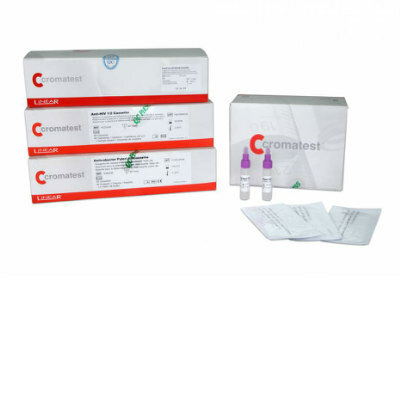


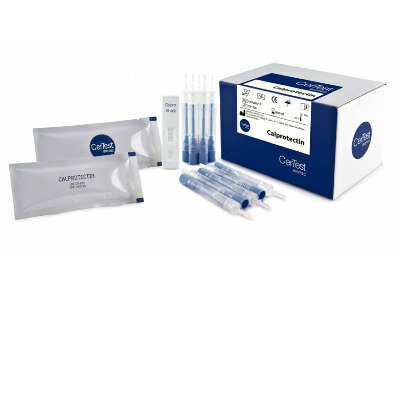
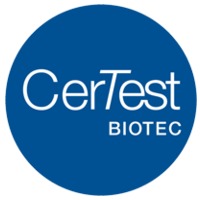


.jpg)



.jpg)
.jpeg)
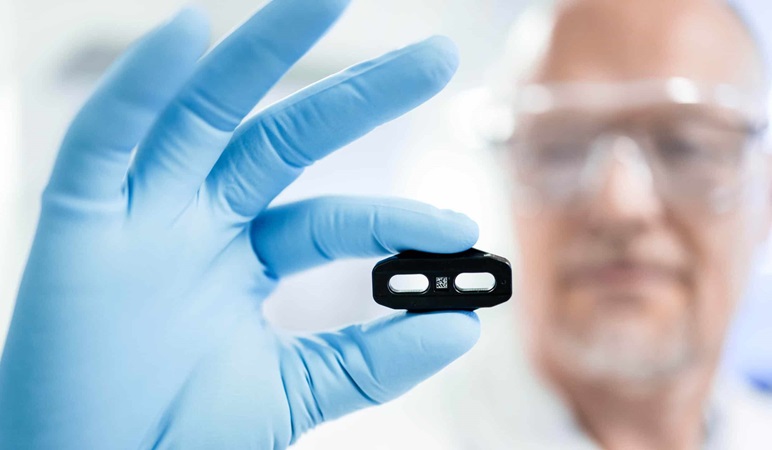
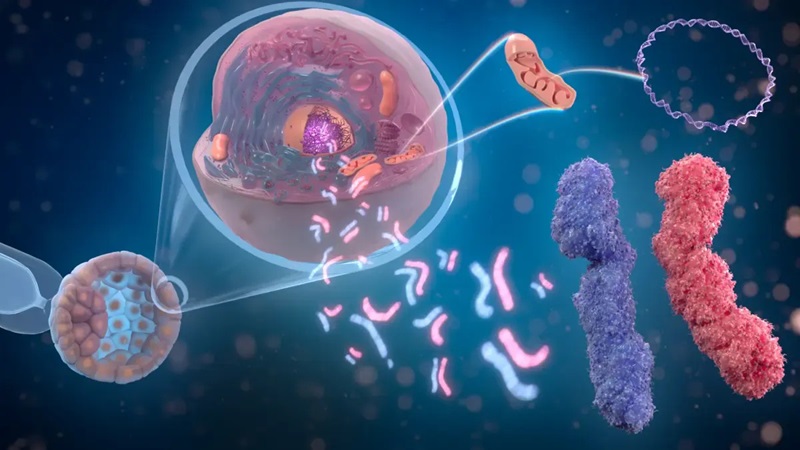







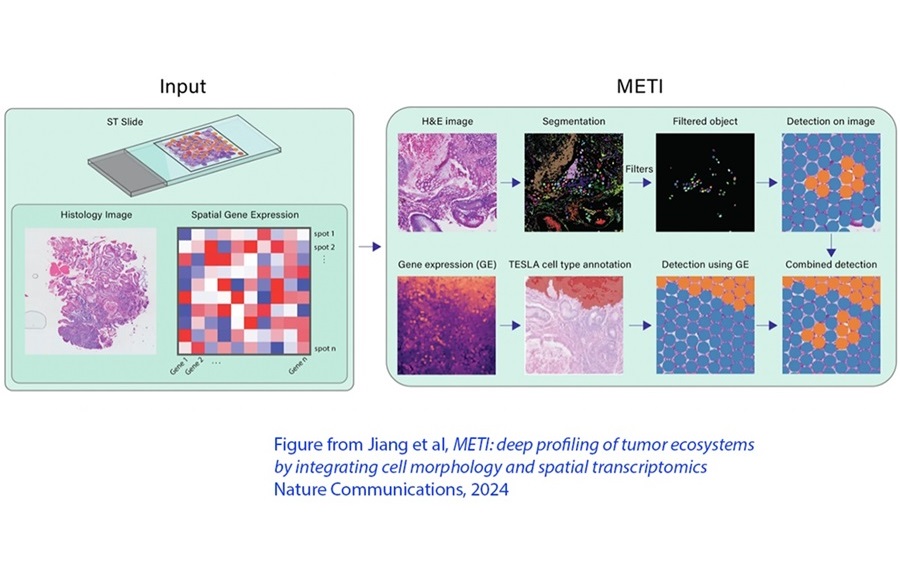
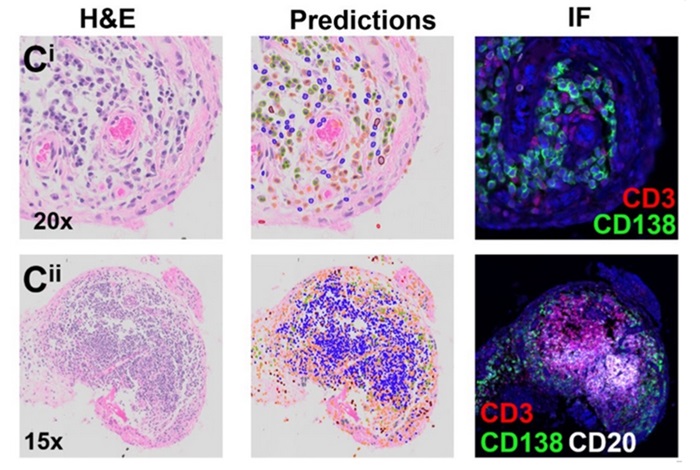





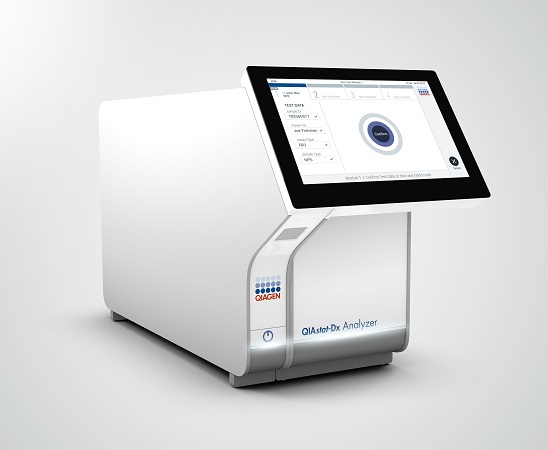
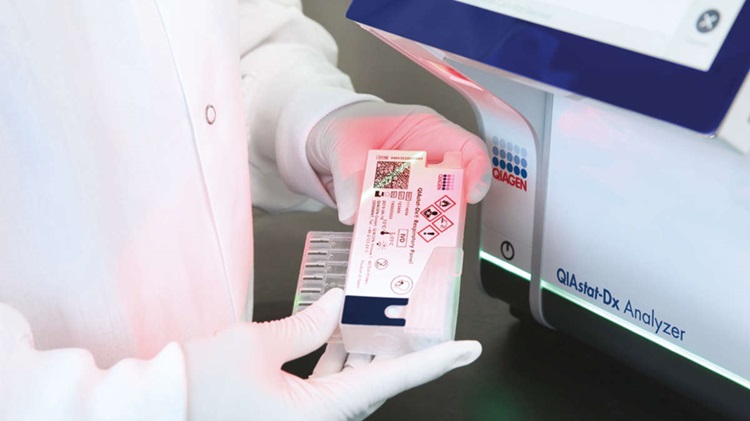

.jpg)




